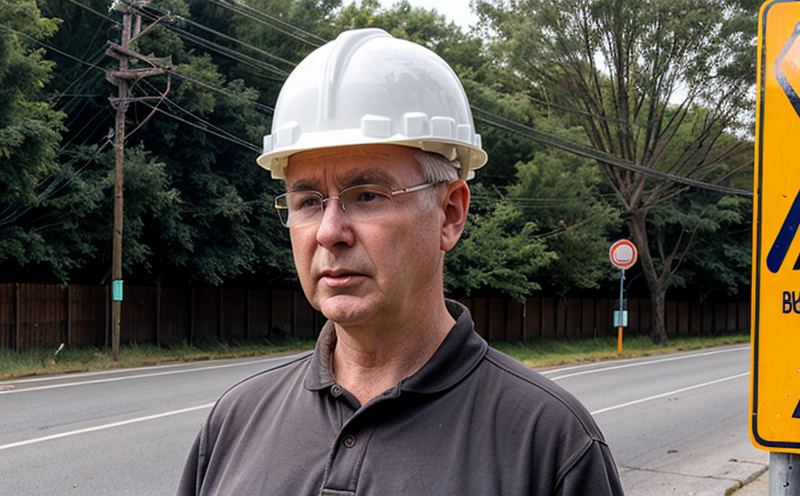ANSI S12.9 Part 4 Noise Prediction for Community Planning
The ANSI S12.9 Part 4 standard is a critical tool in environmental noise and community noise testing, designed to provide guidance on predicting noise levels in the vicinity of planned land uses. This service focuses on supporting community planning processes by offering precise predictions of how proposed developments might impact local noise environments.
Developed with input from acoustical engineers, urban planners, and other relevant stakeholders, this standard ensures that communities are informed about potential noise impacts early in the planning process. By using ANSI S12.9 Part 4, planners can make more informed decisions about land use, zoning regulations, and infrastructure design to minimize adverse effects on residents' quality of life.
The methodology outlined in ANSI S12.9 Part 4 involves several key steps:
- Identification of the planned development or change that could generate noise.
- Evaluation of existing noise levels using appropriate measurement techniques and criteria (e.g., ISO, ASTM).
- Determination of the expected increase in noise due to the proposed changes.
- Prediction of future noise levels based on sound propagation models tailored to local conditions.
- Assessment of compliance with applicable noise regulations and guidelines.
This standardized approach helps ensure consistency across projects, supporting evidence-based decision-making. It also facilitates communication between developers, planners, and community members regarding noise issues.
The service provided by our laboratory includes:
- Comprehensive site surveys to gather necessary data for accurate predictions.
- Use of advanced modeling software that adheres to ANSI S12.9 Part 4 standards.
- Production of detailed reports outlining predicted noise levels and their implications for community planning.
- Advice on mitigation strategies if necessary, based on the findings from our analysis.
The importance of this service cannot be overstated, particularly in areas undergoing rapid urbanization or where new developments are planned. Early identification of potential noise issues allows for proactive measures to be implemented, reducing conflicts later and enhancing overall project success.
Customer Impact and Satisfaction
Our clients benefit significantly from this service by gaining a clear understanding of the potential noise impacts before any construction begins. This knowledge enables them to integrate noise considerations into their planning processes effectively, leading to better outcomes for both developers and residents.
We work closely with our customers throughout the process, ensuring that all aspects are covered comprehensively. Our experienced team provides valuable insights based on our expertise in acoustics, vibration, and environmental testing.
Customer satisfaction is paramount, and we strive to meet or exceed expectations through reliable data collection and analysis. By providing accurate predictions early in the planning stage, we help avoid costly mistakes further down the line and ensure that all stakeholders are well-informed.
Competitive Advantage and Market Impact
Incorporating ANSI S12.9 Part 4 into your project planning can give you a significant competitive edge by demonstrating your commitment to responsible development practices. It shows that you are proactive in addressing community concerns, which is increasingly important as public awareness around environmental impacts grows.
By using this standardized approach, you also position yourself favorably within the market, attracting clients who value sustainability and good neighbor policies. This can lead to long-term partnerships based on trust and shared values.
The ability to predict noise levels accurately sets your projects apart from others that may not consider these factors adequately. It enhances credibility with regulatory bodies and stakeholders alike, potentially easing approval processes and fostering positive relationships within the community.
Use Cases and Application Examples
- New Residential Developments: Predicting noise levels to inform zoning decisions and ensure compliance with local regulations.
- Commercial Redevelopments: Assessing the impact of increased traffic or operations on surrounding residential areas.
- Transport Infrastructure Projects: Evaluating potential noise impacts from roadways, rail systems, or airports before construction starts.
- Industrial Zones: Ensuring that proposed industrial activities do not exceed allowable noise levels in nearby communities.
- Park and Recreation Areas: Planning new facilities while minimizing disruption to existing users who rely on quiet spaces for relaxation.
In each case, the goal is to balance development needs with environmental protection, ensuring和谐





